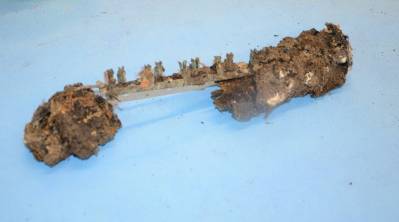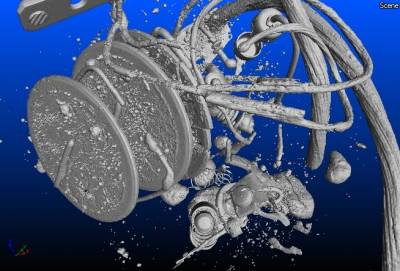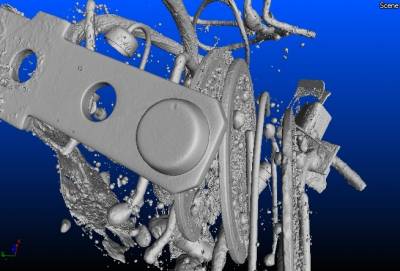What is hidden in that piece of char?
Blaze Fire Investigation is now know as Anderson Engineering. (updated 6/28/17)
Utilizing Radiography and Computerized Tomography as Tools for Non-Destructive Examinations

Utilizing X-rays as a non-destructive tool has been used in fire investigation for years. X-rays are a great way to see components on a two dimensional image and can be very useful in determining switch positions, fuse conditions, and many other things. A CT scan is an x-ray procedure that combines many X-ray images together, with the aid of a computer, to produce a three-dimensional image. Below are examples of images from a CT scan of a surge protector. As you can see, these images are incredibly detailed.
These images give our investigators the ability to see inside of an object without cutting or destroying the evidence and therefore preserving the evidence. You can see the metal oxide varistors (MOVs) and switch contacts in the images above. These tools are invaluable when determining the origin and cause of a fire. Contact Blaze Fire Investigation to assign a project or to learn more about our fire investigation and forensic engineering services.



